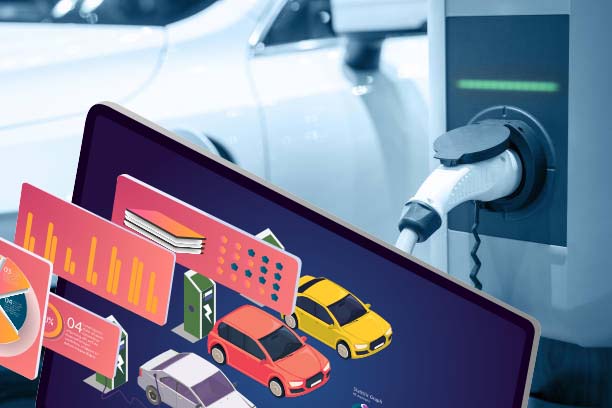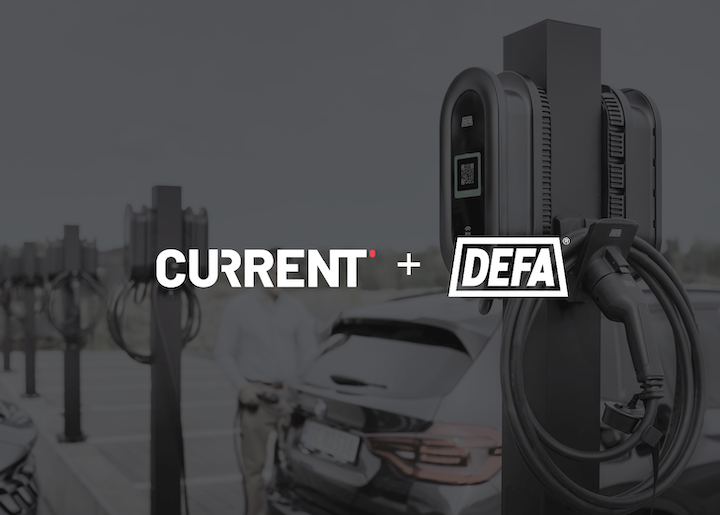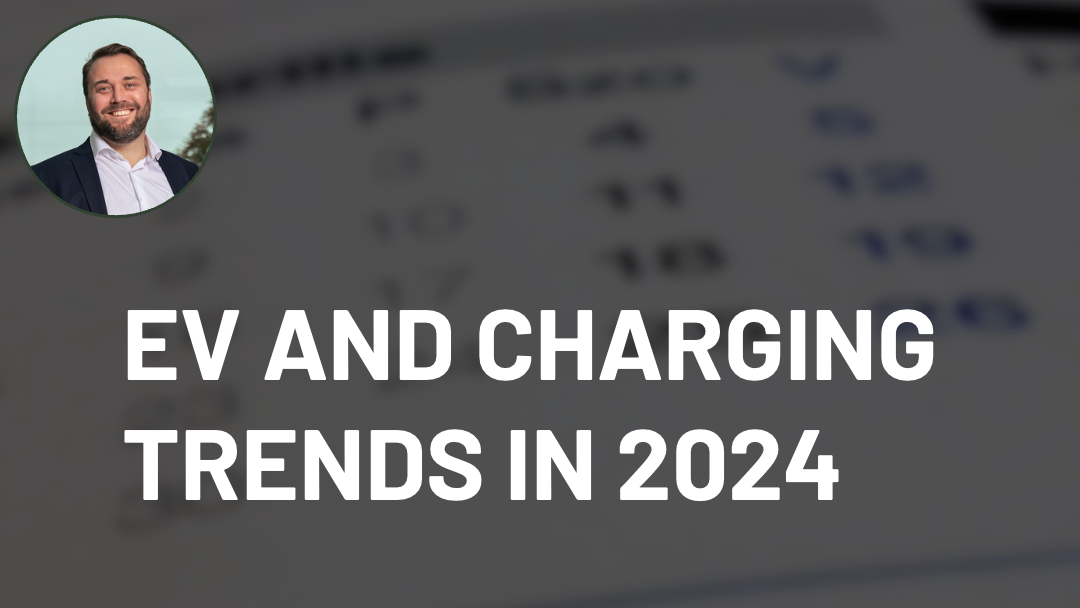
Are you planning to launch a charging network and build a business from EV charging? Well, then you're making a great decision. The market for charging services is about to boom. Get in early, and get an edge over the competition.
You may be wondering, what are the steps to becoming a charge point operator? We'll walk you through the process step by step.
What is a charge point operator?
A charge point operator (CPO) is a company that operates a network of charging points – hardware devices and future-oriented software. Operating and connecting smart charging points to eMobility Service Providers (the charging app) is where a CPO provides value.
Furthermore, a CPO ensures that the network functions seamlessly, manages diagnostics and device maintenance, determines pricing, handles invoicing and reimbursement and of course makes sure the connection to the power grid is maintained..
HOW TO BECOME A CHARGE POINT OPERATOR
Let's take a closer look at what it takes to set up and run an EV charging business.
1. Choose your business model
If your company has decided to build a business based on charging electric vehicles, you must decide what business model you will use. Take the following into account:
- Do you plan to select hardware and charge point installers as part of your role?
- Will you provide first-line support?
- In what ways will you design your business to make money?
- Do you plan to build your own charging management platform, or will you buy one from a trusted vendor? This brings us to the next step.
2. Choose the right charge point management platform
If you're going to install, maintain and ensure the optimal operation of charging stations from one or more manufacturers, then you need an end-to-end EV charging and energy management solution for building and growing your business.
With a cloud-based, scalable charge point management system that connects to your desired ecosystem, you can optimise, monetise, and maintain your charging facilities from the cloud, all while reducing your total cost of ownership.
Your choice of EV charging and energy management solution should reflect the role you wish to play as a CPO. In addition to being flexible in terms of business model, an open-standard solution allows you to choose the hardware vendor of your choice.
If you partner with a service provider that is independent from the charging station vendor, you can be assured of quality and flexibility without being locked into an expensive and potentially ineffective solution.
Enterprise-grade, vendor-independent EV charge point management systems are compatible with most hardware, look for an OCPP certified charge point. Choosing from multiple vendors gives you and your customers flexibility and freedom of choice.
Additionally, a good charge point management system integrates with other verticals in your charging business ecosystem, such as charge point installers or energy management.
Related: How to successfully launch and scale an EV charging network
3. Choose the right hardware with smart features
Choosing a charging station is the third step. Today, there is a wide selection of EV chargers available in the fast-growing EV charging market.
The most important factor when selecting a charger is operational stability and uptime. The open standard OCPP will help you optimise your investment, by choosing certified and well tested infrastructure. You will save money and time by choosing from a wide range of OCPP-compliant charging points.
Select vetted and trusted hardware charge point vendors, and establish a minimum standard of quality for deliveries. If the charger is offline or faulty, you're not making money, you're just spending it on service and support.
4. Install and maintain charging hardware
Pick a good partner to help you set up the hardware, create good implement strategies and checklists for a good station commissioning. Once the charging station is up and running, it requires regular digital maintenance, updates, error maintenance and health checks. Your backend should be capable of running over-the-air updates and determining whether the firmware is up to the task.
Be sure to establish solid routines with your chosen partners for these maintenance tasks as well as for automatic approval of new firmware. By doing so, your efforts will actually improve the services, instead of doing the opposite.
In case you're interested in learning more about the EV charging business, we recommend you read our recently published guide, The Charge Point Manager’s Guide to the EV Galaxy.



